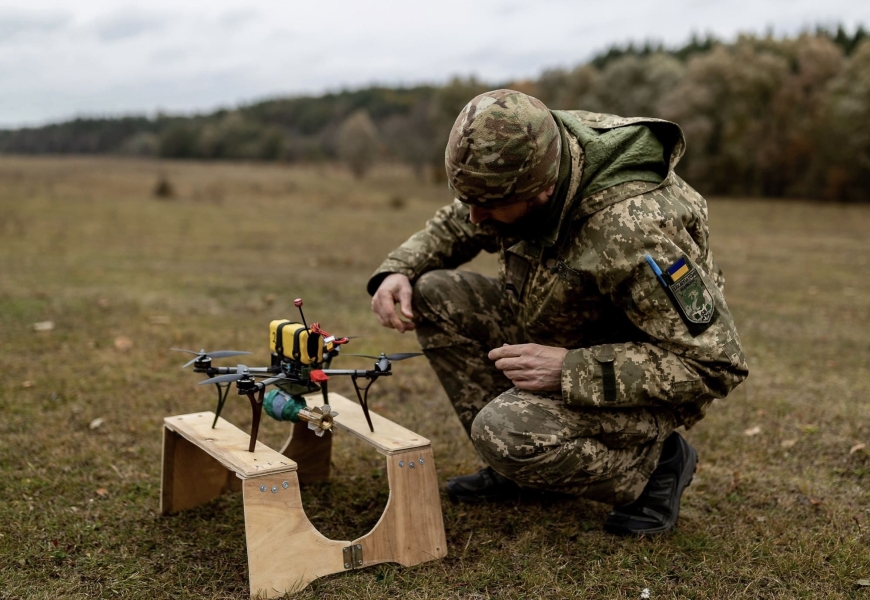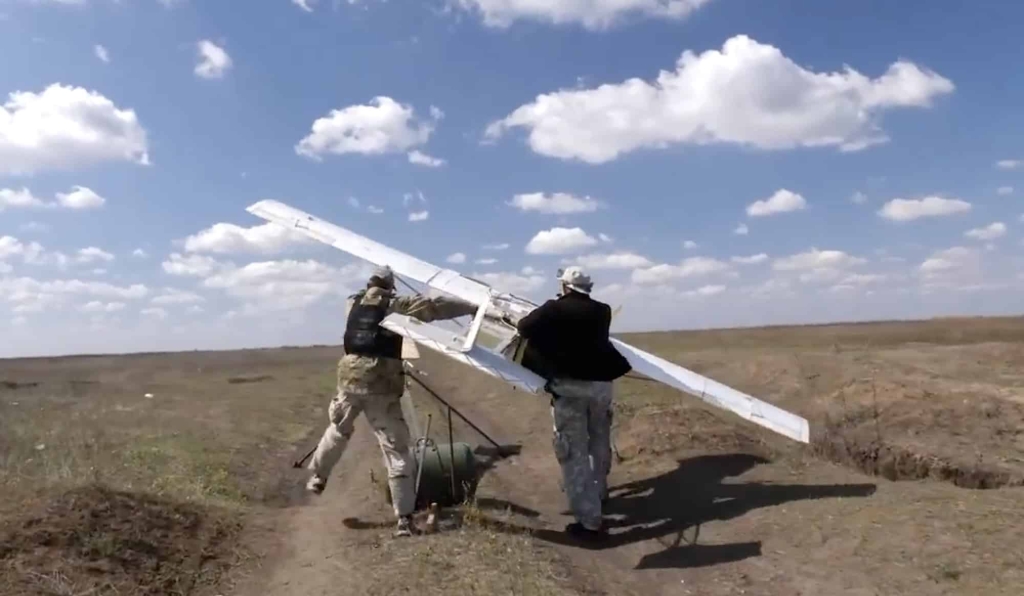EU Pledges $7 Billion To Scale Ukraine’s Drone Production As Russia Intensifies Attacks

Amazon DEALS: DJI Mini 4K now $249 (-17%) and DJI Osmo Action 4 drops to $249!
European Commission President Ursula von der Leyen announced €6 billion ($7 billion) in new funding to support Ukrainian drone manufacturers, marking a major escalation in Western support for Ukraine’s unmanned warfare capabilities. The commitment comes as Russia increased airstrikes by nearly 50% following President Putin’s meeting with his American counterpart in Alaska, while also sending drones and fighter planes across NATO borders.
The critical question facing European officials: Will this massive funding injection flow directly to Ukraine’s battle-tested manufacturers who deliver results at unbeatable prices, or get diverted through slower, more expensive European suppliers?
Ukraine’s Drone Industrial Base Delivers Battlefield Results
Ukraine has built a formidable drone manufacturing ecosystem with over 500 private manufacturers producing 200,000 units monthly. These cheap, buzzing first-person view (FPV) quadcopters have become a great equalizer on the front lines, with drones costing less than $500 disabling Russian assets worth millions.
Ukrainian troops provide near real-time feedback to manufacturers, who constantly upgrade devices and software to counter Russian jamming and other countermeasures. This rapid iteration cycle has proven critical to maintaining battlefield effectiveness. Ukraine’s defense ministry aims to procure 4.5 million FPV drones this year — more than double last year’s total — and officials say production could reach 10 million annually if adequate funding were available.

Previous Western Aid Missed the Mark
A 20-nation drone coalition co-chaired by the UK and Latvia previously pledged €2.75 billion ($3 billion) to fund 1 million drones this year. However, much of that money flowed to European manufacturers, which delays deliveries and interrupts the frontline feedback loop that gives Ukraine its unique advantage.
Von der Leyen’s new €6 billion commitment will reportedly be financed using interest income from frozen Russian assets. The European Commission hasn’t yet confirmed whether Ukrainian producers will be the primary beneficiaries or if contracts will again prioritize European suppliers.
Denmark Offers Model for Direct Ukrainian Investment
Denmark has pioneered an effective approach by channeling revenues from frozen Russian assets — around €830 million ($900 million) this year — directly to small Ukrainian manufacturers. The country has also established co-production facilities that serve Ukraine now but can pivot to supplying Danish forces later.
Co-production offers advantages including protection from Russian strikes and integration into NATO supply chains. However, distance slows communications with frontline operators who provide the critical feedback that drives rapid innovation cycles.
Russia Centralizes Production as Stakes Rise
Moscow has centralized mass production of both large and small drones, helping it seize the initiative on parts of the front. Russia’s steady territorial progress demonstrates that Ukrainian ingenuity alone is no longer enough — scale matters. Ukraine recently lifted its unofficial ban on some drone exports, with manufacturers hoping additional sales will help underwrite expanded production and lower per-unit costs.
DroneXL’s Take
This €6 billion commitment represents a pivotal moment in the drone wars that are reshaping modern warfare. The smart money — literally — should flow directly to Ukrainian manufacturers who’ve proven they can deliver battlefield-ready drones at a fraction of the cost and time of traditional defense contractors.
We’ve covered Ukraine’s remarkable drone innovation throughout this conflict, from maritime drones striking Russian warships to the FPV quadcopters that have made Russian armor advances grindingly expensive. The Ukrainian model of rapid iteration based on real-time battlefield feedback is exactly what the sclerotic Western defense industry needs to learn from. Routing this €6 billion through European middlemen would be classic bureaucratic inefficiency that costs lives and territory.
Denmark gets it. Direct funding to Ukrainian producers exploits their speed, low costs, and that precious feedback loop with frontline operators. Yes, establish some co-production facilities for security and NATO integration. But the bulk of this money needs to flow where it delivers maximum battlefield impact per euro spent. Russia is scaling up centralized production. Ukraine’s answer must be to unleash its distributed manufacturing advantage with the funding it needs to compete on volume, not just innovation.
What do you think? Should Europe prioritize Ukrainian manufacturers or spread contracts to European suppliers? Share your thoughts in the comments below.
